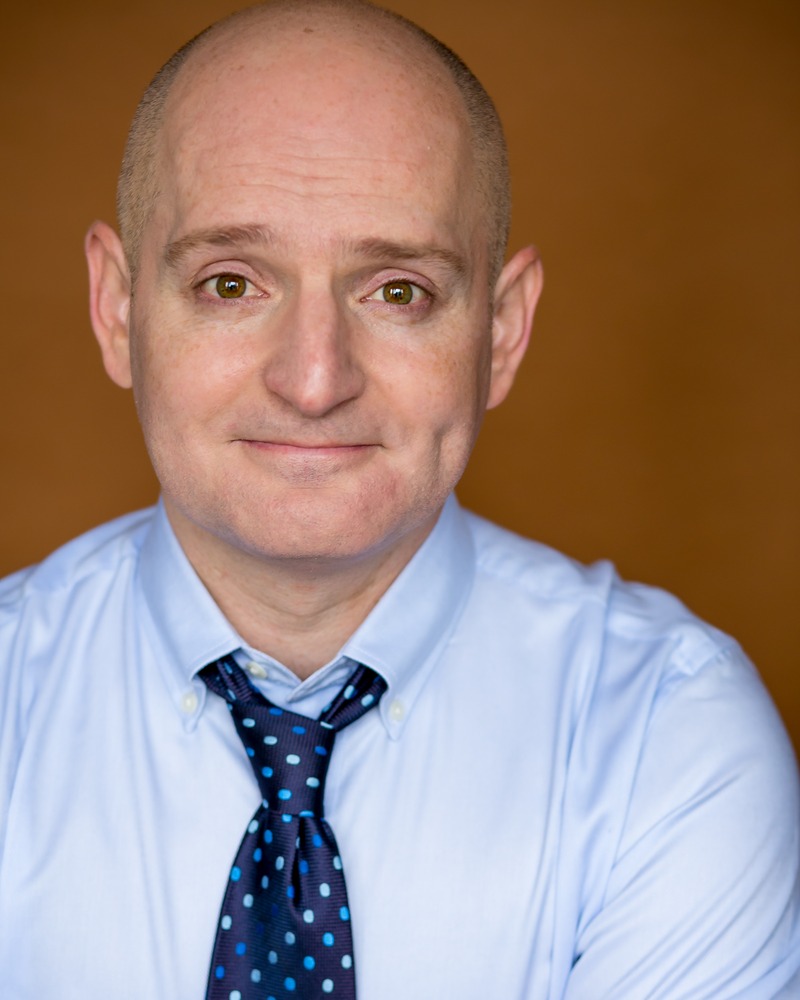
Once again, I am confronted with five very worthy contenders for the Best Picture crown. As is the case with most of the awards years of this decade, the films on 1975's shortlist could each plausibly have been my pick in some other year. Despite this abundance of cinematic excellence, I had little trouble selecting my favourite.
The nominees for Best Picture of 1975 are:
- Barry Lyndon
- Dog Day Afternoon
- Jaws
- Nashville
- One Flew Over The Cuckoo's Nest
Five classics of 1970s film-making from five accomplished directors whose films feature heavily in this project. With the exception of perhaps Barry Lyndon, the only period piece in the mix, all these films achieve their engaging mood mostly through realistically conversational dialogue. Characters talk over each other and there is a general feeling of chaos. Understandable when you consider some of the circumstances - a bank robbery, a mental institution, a shark-induced panic. In any case, each of these films are certainly compelling so it simply comes down to degrees of compulsion.
In Nashville, Altman compellingly explores the country music industry with a fascinating fly-on-the-wall style and no shortage of characters. In Barry Lyndon, Kubrick compellingly studies 18th century social climbing with an austere attitude and a leisurely pace. In Dog Day Afternoon, Lumet compellingly relates the true story of a bizarre bank robbery with both tension and empathy. In Jaws, Spielberg compellingly presents a maritime thrill ride with genuine compassion and edge-of-your-seat suspense. In One Flew Over The Cuckoo's Nest, Forman compellingly examines mental health with a sincere sensibility and an utterly gripping climax.
With such a well-structured story and deft direction, Jaws comes very close to taking my top prize. But, like the Academy, sombre material often trumps action thrillers (or comedies, for that matter). Why? Probably because it is human nature to take serious matters more seriously than fun and excitement. Totally unfair, but what can you do? So, like the Academy, I am choosing One Flew Over The Cuckoo's Nest as my pick for the Best Picture of 1975 for its sheer powerfulness.
Best Picture of 1975 | |
Academy's choice: One Flew Over The Cuckoo's Nest  | Matt's choice: One Flew Over The Cuckoo's Nest  |
Your choice:
Vote for your own favourite with the poll above. As to your collective wishes, we will now be moving to 1950 for our next five review subjects.
And the nominees for Best Picture of 1950 are:
- All About Eve
- Born Yesterday
- Father of the Bride
- King Solomon's Mines
- Sunset Blvd.
Some fun films in that group, so stay tuned...

.gif)

.jpg)

.jpg)

.jpg)




